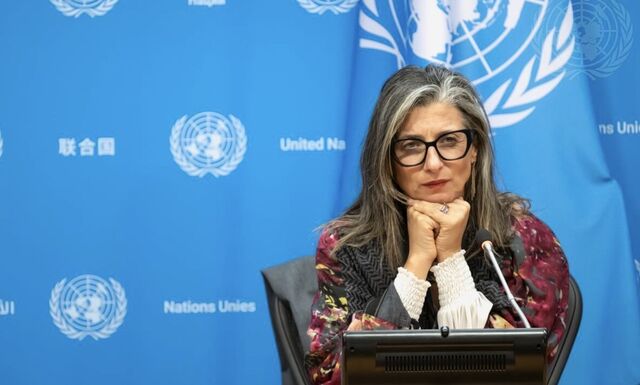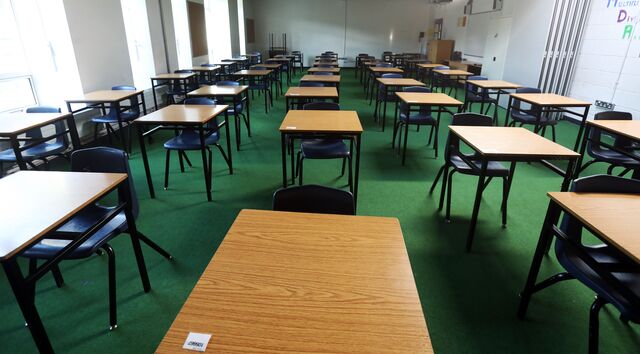ON this island the far right currently takes two forms, and while we could take them as very different it is much more useful to look at the similarities.
But first, let us not pretend that the far right has not had a strong and distinctively Irish past in our country. In addition to Eoin Duffy’s Blue Shirts, ideological fascism that allowed both states to wage war on those they found inconvenient. Women and children in the South, locked up, beaten, enslaved, thrown into septic tanks. All state sanctioned. A militia in habits and dog collars, assisted by the Gardaí and “social services” enforced decades of misery and trauma. In the North Catholics were treated as subhuman with state policies designed to keep (Roman) Catholics poor, and without influence. Enforcement was obtained by an armed state militia with special powers, which when it chose facilitated sectarian paramilitary thugs. And not forgetting Travellers on both sides of the border experiencing exceptional hate, we have experienced a century of Irish fascism in various forms.
Today’s fascism needs to be identified and faced down. In the South, because its new form is new, vocal and very challenging it is likely more identifiable as the beginnings of a far-right movement in internationally familiar form. Targeting migrants and asylum seekers, the far right is currently mobilising in disenfranchised working-class areas where social and housing needs are particularly pointed. When the far right targeted the housing of asylum seekers in East Wall, following clumsy, disconnected policies, it attracted the attention of the media and gained a modicum of currency with some people who have felt, rightly, the traditional politics is not delivering for them or their families. Since then, there have been some protests with similar themes in Ballymun and Drimnagh, more working-class areas of high deprivation and need. Far from representing the populace of the area, these protests are however amplified by social media and far right messaging, it is vicious in tone and intent and becoming more violent, with individuals, homes, and other premises being targeted for attack.
In the north however, we have far right militant loyalism, armed to the teeth, connected to the most serious of organised crime. The messages of hate, racism and sectarianism are well known, and the actors involved are well known community “stakeholders”. The DUP uses them to put up their election posters and share public platforms with them. Despite regular threats of violence and actual violence, the non-mandated loyalism sees its representatives invited to the centre of local political decision making. In recent years these groups are asked for consent before political progress can be made. The most worrying part is the normalisation of this outrage.
It is right to name and isolate far right policies. It is right to engage with the communities targeted by far-right rhetoric and activism with meaningful, participative programmes of empowerment and change. It is right to champion human rights and norms and highlight the dangers of indulging far-right hate. It is right to call it out. Because whatever form the hate takes, we all end up diminished and once it takes hold it is far harder to defeat it. Our island’s past must inform its future, and right now the lessons are staring us right in the face and demanding action.








